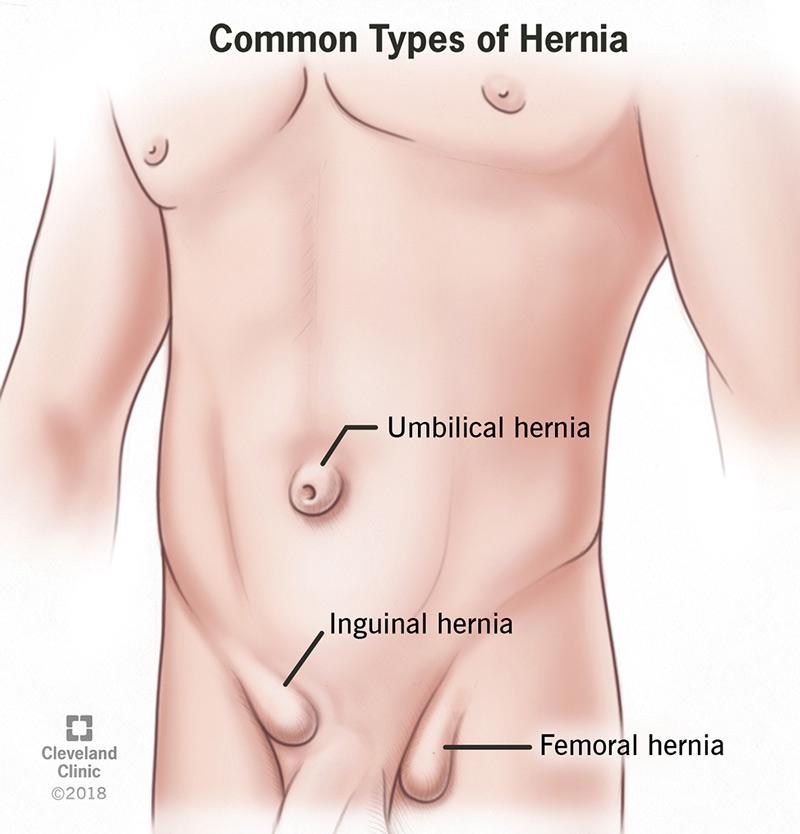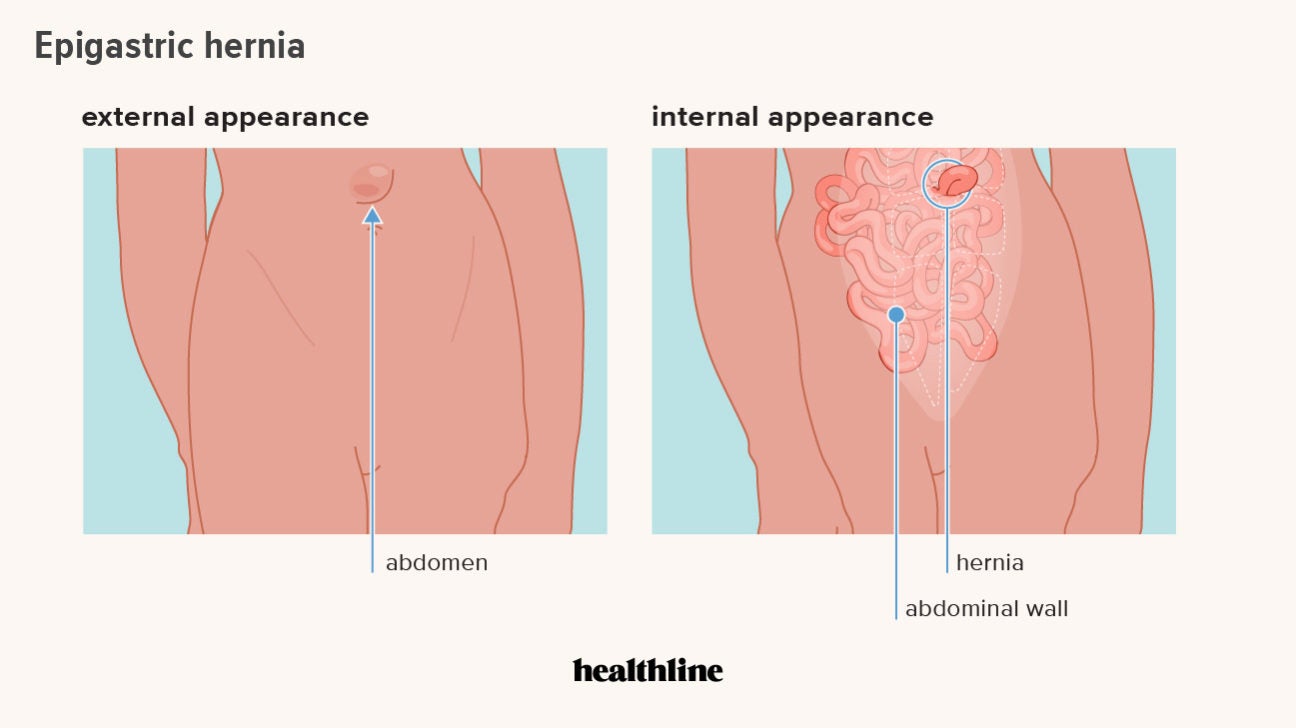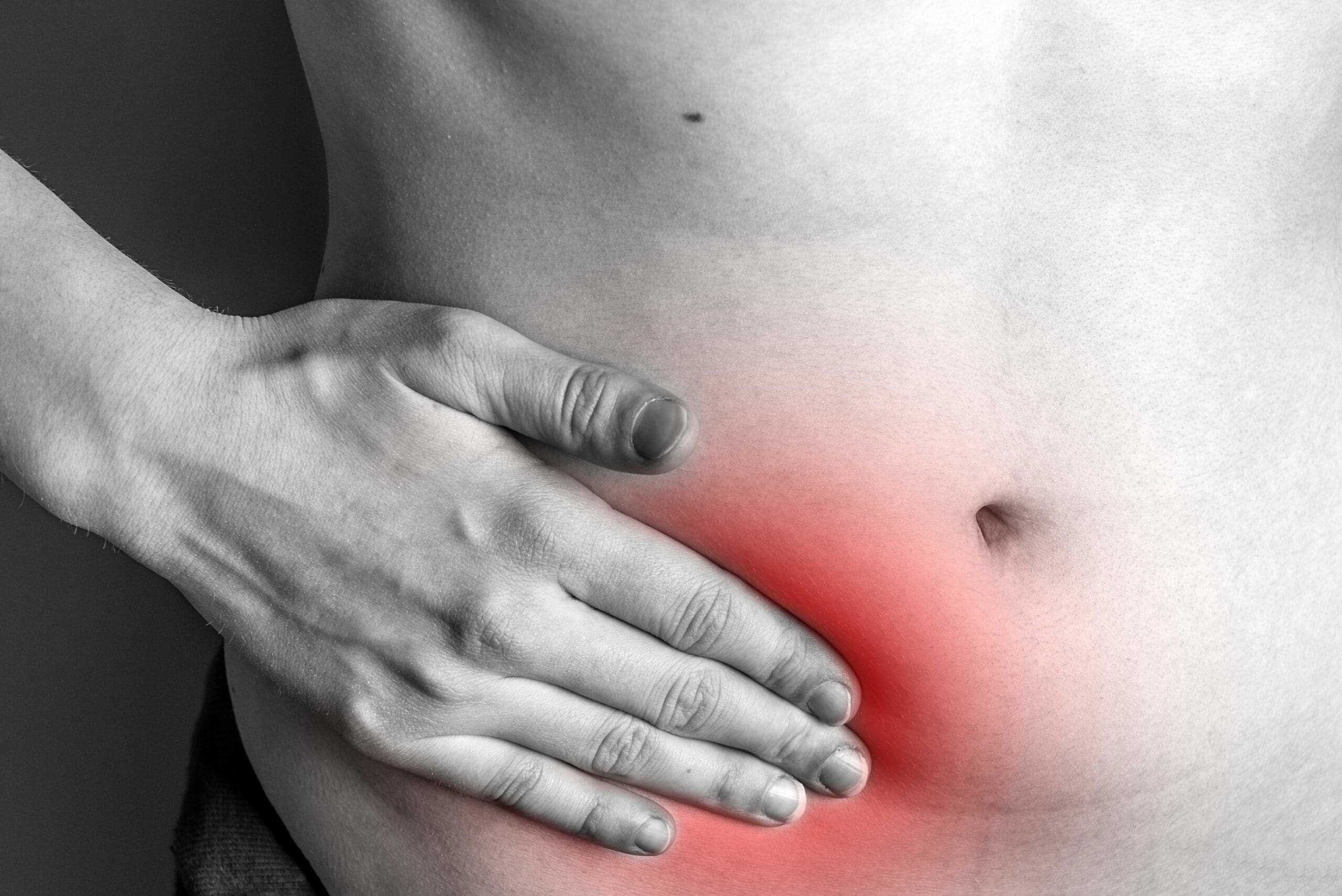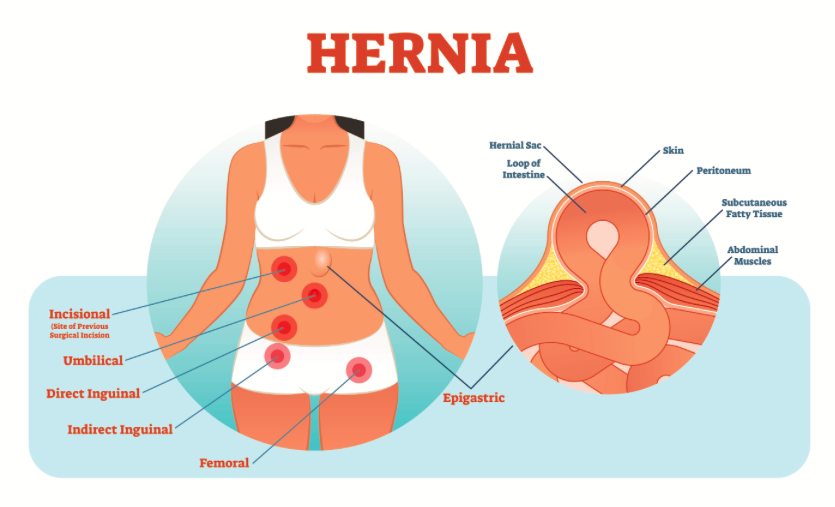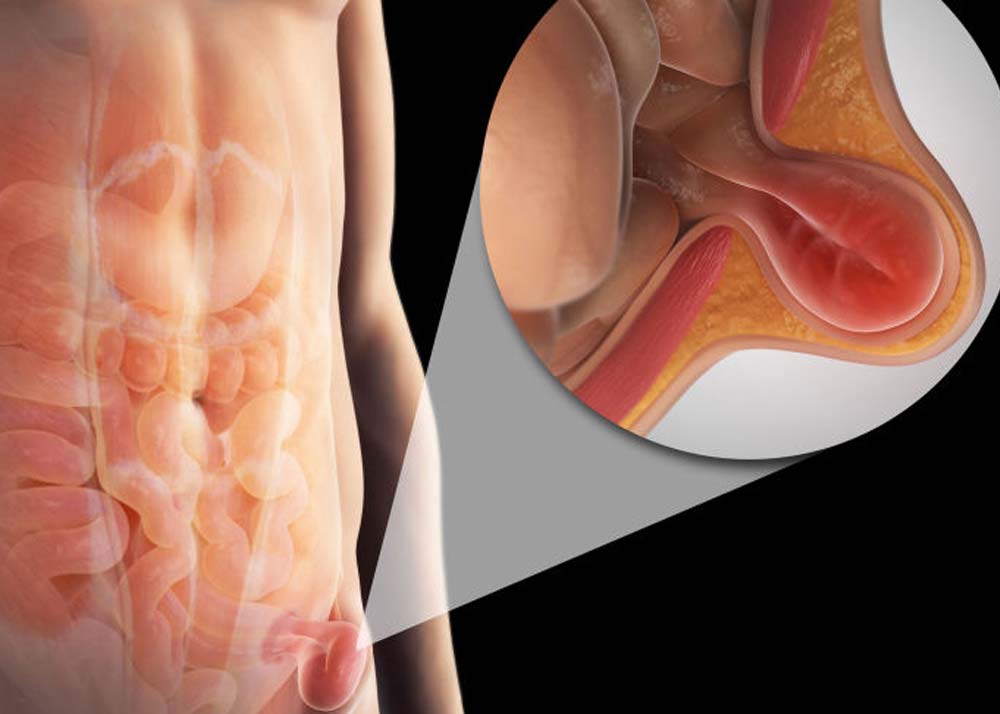Best Of The Best Tips About How To Check If You Have A Hernia
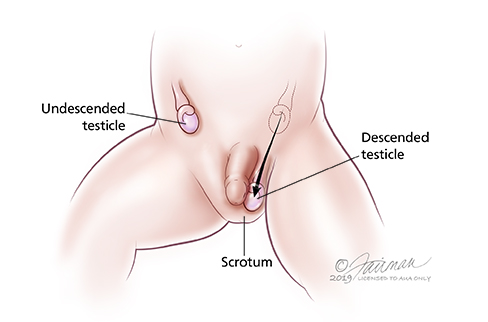
A physical exam is usually all that's needed to diagnose an inguinal hernia.
How to check if you have a hernia. Symptoms of hernia symptoms of inguinal hernia usually include a bulge in the groin area and pain, pressure, or aching at the bulge—especially when lifting, bending, or coughing. A hiatal hernia is often discovered during a test or procedure to determine the cause of heartburn or chest or upper abdominal pain. How is an umbilical hernia diagnosed?
Ad learn more about the signs that may reveal you have an issue that need attention But the most common symptoms of an external hernia include the following: The preferred method of diagnosis of a hiatal hernia is an upper gastrointestinal (gi) barium study.
As part of a male’s typical physical exam for inguinal hernias, the doctor feels the area. The doctor first checks the location of the hernia to check the kind of hernia you have developed. This one is the most recognizable of all the hernia signs and symptoms.
Commonly referred to as a barium swallow, the test requires you to drink. If you have a hernia in your abdomen. A bulge that gets bigger when you cough, strain to have a bowel movement, or sit up;
These tests or procedures include: It is usually possible to see or feel a bulge in the area where a hernia has occurred by physical exam. If you have a ventral hernia in the belly area, you may see or feel a bulge along the outer surface of the abdomen.
Press your fingers into the scrotal skin and press your finger against the pubic tubercule. Your doctor will check for a bulge in the groin area. First, your doctor will review your medical history and perform a physical exam of your.





